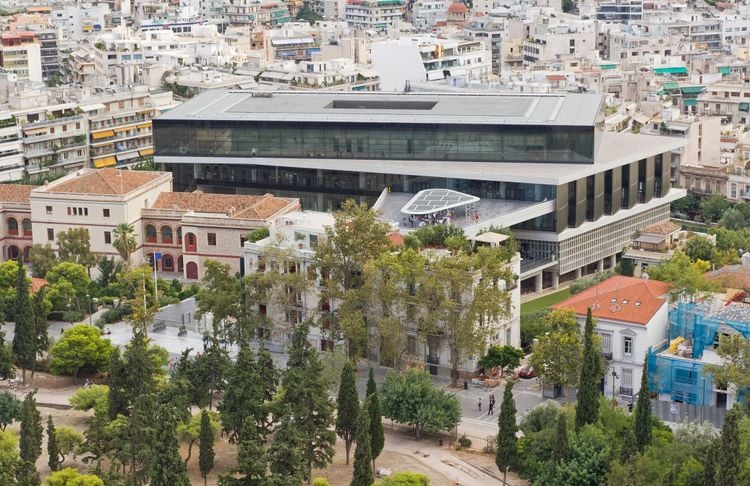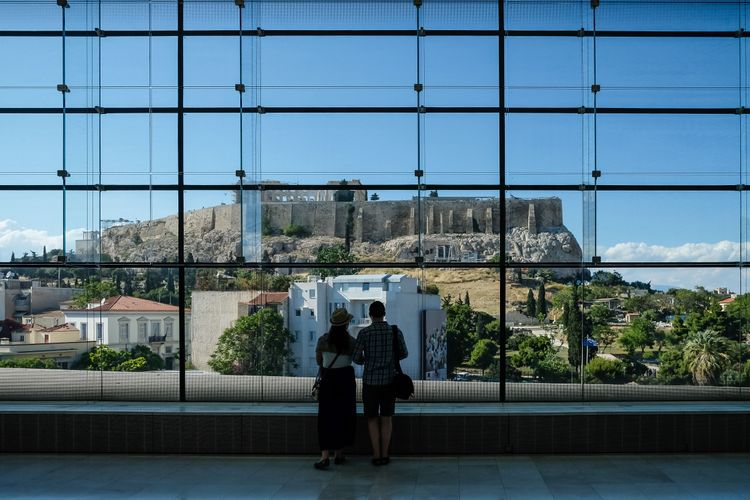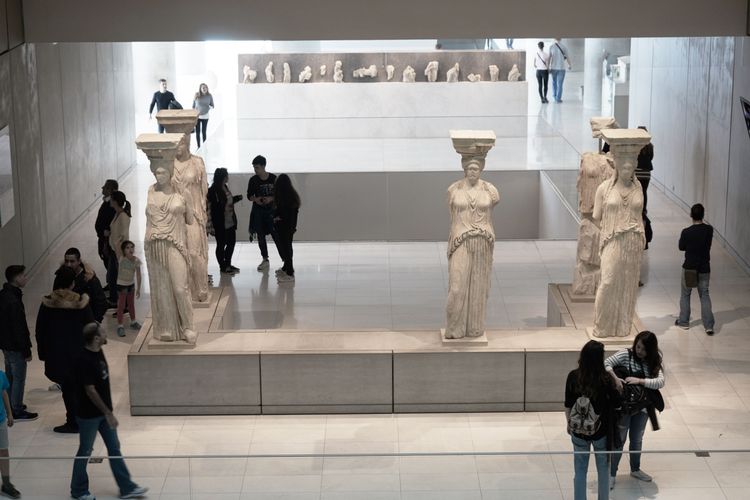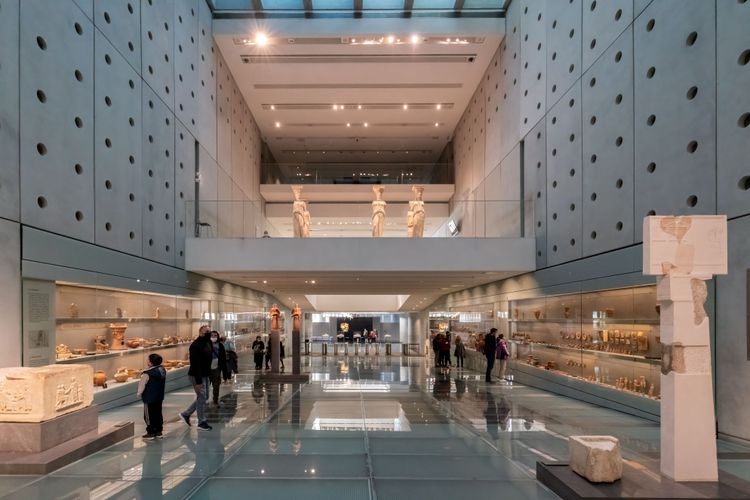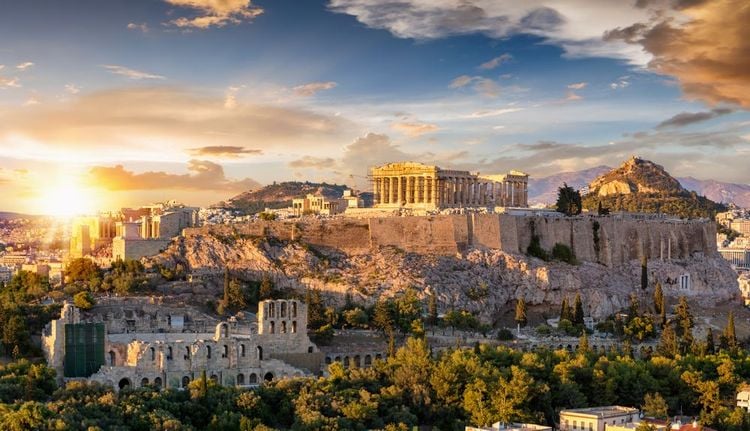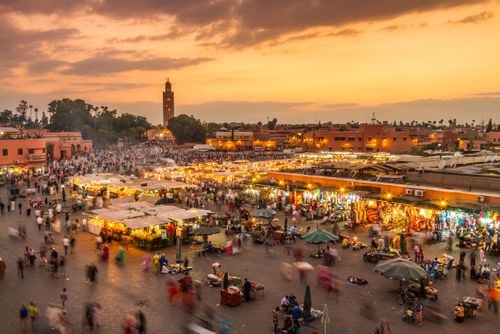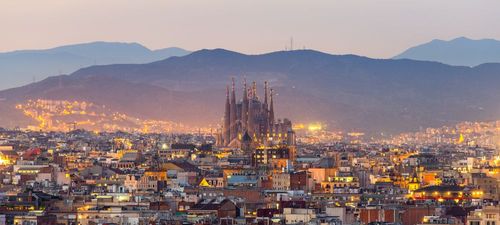After the Parthenon site managed to remain relatively untouched until the mid-to-late 17th century, it started incurring severe damage as a result a gunpowder explosion ignited by a lightning bolt in 1645 and the subsequent Turkish-Venetian war in 1686, also known as the Morean War (1684-1699). The site underwent warfare damage, pillaging and an overall lack of upkeep. In the 19th century, as the site gained popularity amongst visitors, it sadly underwent systematic looting as people took pieces of it as souvenirs. Most notably, a certain Thomas Bruce, 7th Earl of Elgin, and his team took many precious pieces of the site, including sculptures, frieze blocks from the Temple of Athena Nike, one of the Caryatids from the Erechtheion, and many other priceless antiquities which they shipped off to England. The pieces are on display in the British Museum but the Greek government has called for their return since 1890, as they are part of Greece’s unique cultural heritage. Discussions about the topic are ongoing between Greek and British officials. In 1834, the newly established Greek State designated the Acropolis as an official archaeological site, where searchers found many precious artefacts that needed a home, and thus the Acropolis Museum was born. A first iteration was opened in 1874 and underwent a radical expansion after the Second World War. The new Acropolis Museum was designed by architects Bernard Tschumi and Michael Photiades. It was built a mere 300 metres away from the Acropolis itself and opened to the public in 2009.
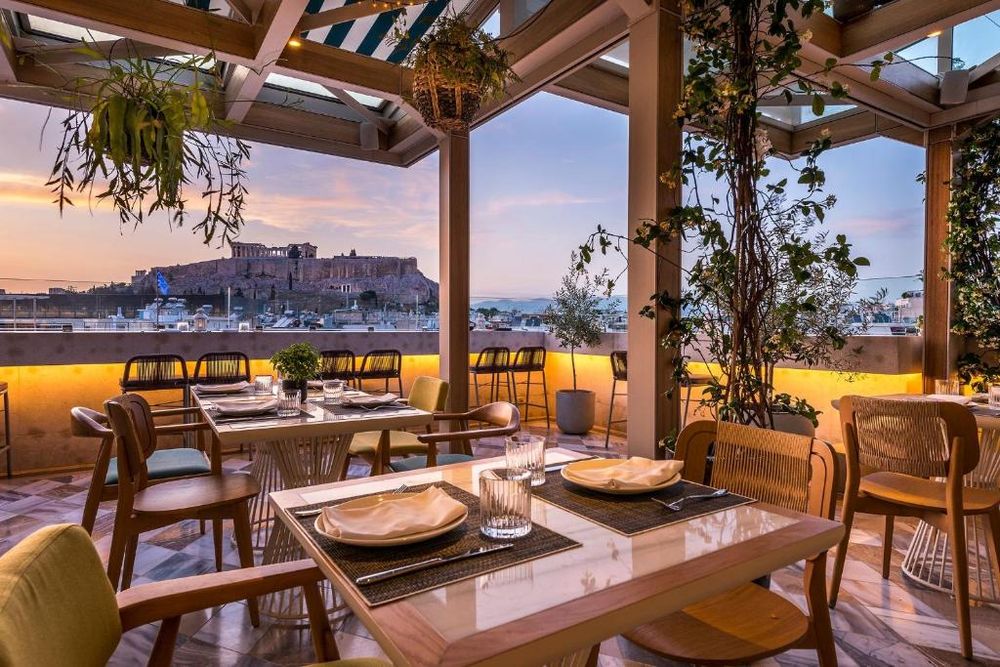 Athens
Athens
